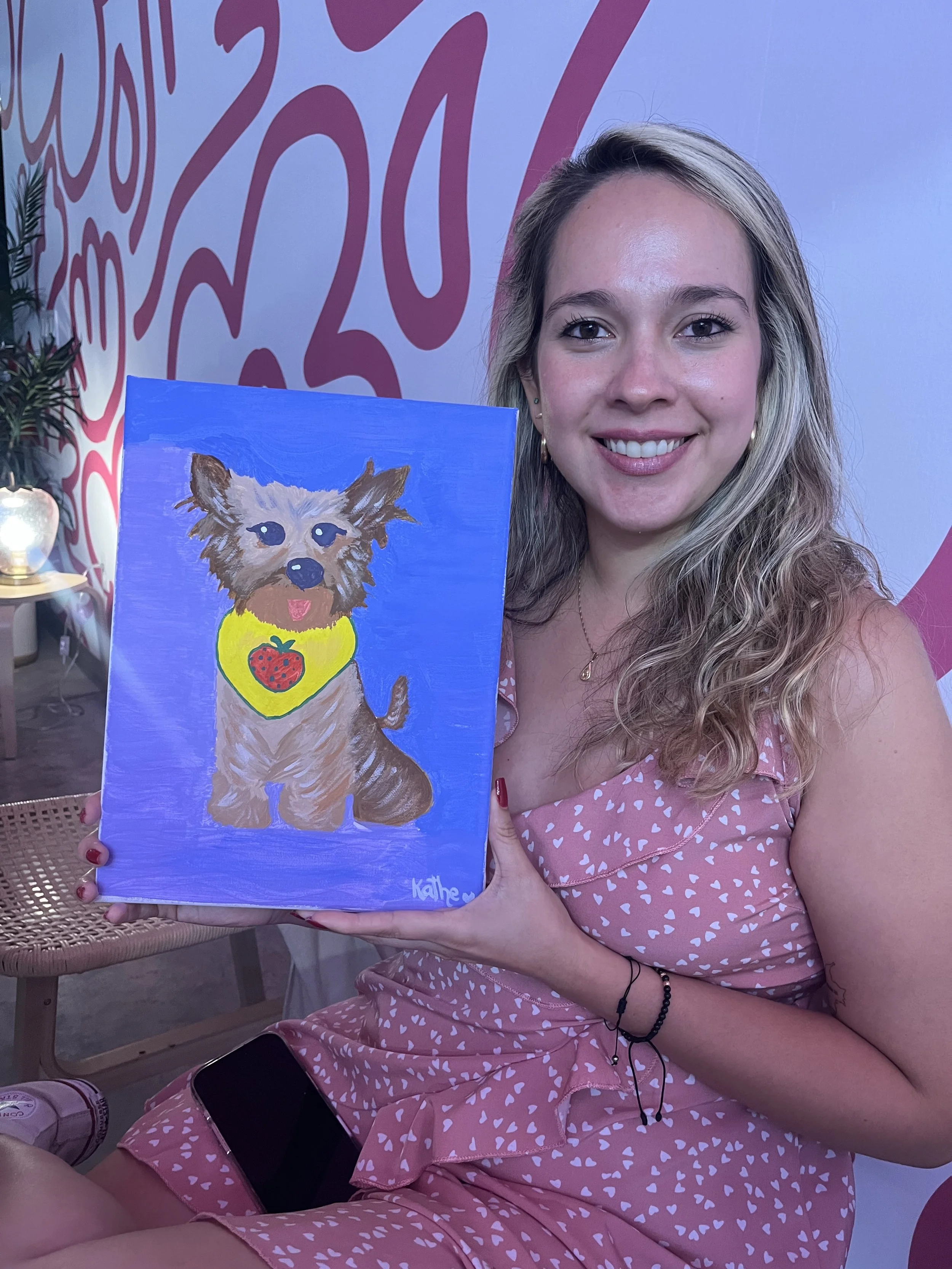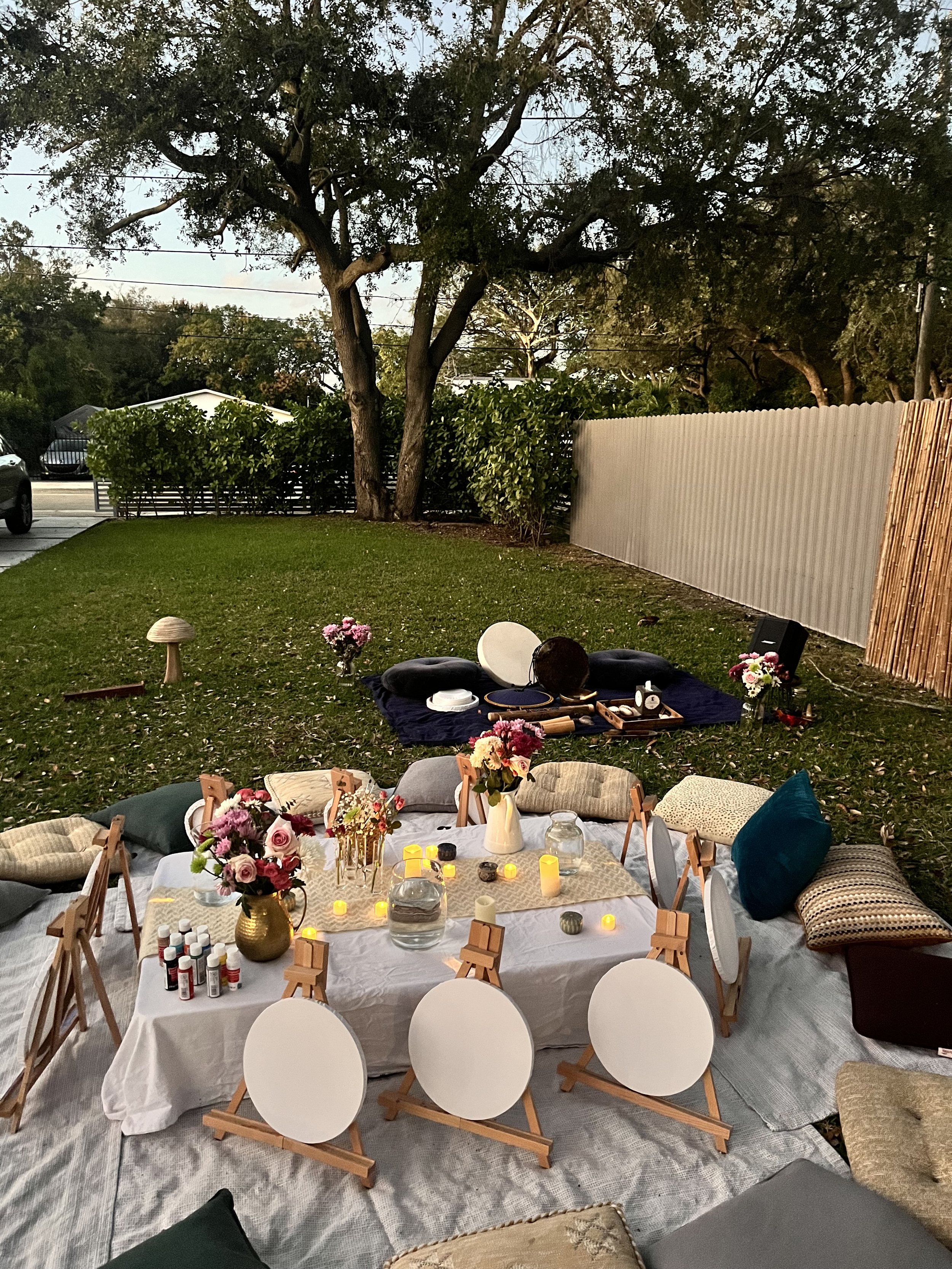Why Making Art Is Good for You
(and Yes, Science Says So)
We often think art is a luxury, something beautiful, but not essential. Muse&Flow believes otherwise. And, thankfully, scientific research agrees: creativity isn’t just “nice.” It’s powerful, healing, and deeply human.
Here are some of the beautiful, research-supported reasons why practicing art is a very real form of self-care:
Reducing Stress & Releasing Tension
Even just 45 minutes of art-making can significantly lower cortisol levels, the stress hormone in your body, even for people who don’t consider themselves artists.
The rhythm of brushstrokes, collage, or clay can bring the body into a meditative flow state, helping you breathe easier and feel lighter.
Cultivating Focus, Flow & Clarity
Art invites us into the elusive state of flow: a zone where time disappears, self-judgment quiets down, and creativity takes over.
In this state, action and awareness merge. The task feels effortless, and you feel energized, peaceful, and deeply present.
Boosting Mood & Emotional Resilience
Making art releases dopamine, our body’s natural reward chemical, that gentle high that nudges us to keep going, keep creating.
Meanwhile, art offers a nonverbal look inward, a space to process feelings you might not even have words for. It builds resilience, emotional clarity, and creative agency.
Enhancing Thinking & Cognitive Flexibility
Creativity isn’t just about expression, it’s about perspective. Research shows visual arts support neuroplasticity, improving memory, problem-solving, and mental flexibility over time, even in older adults.
Engaging with art helps your brain become more adaptable, tuned in, and open to new ideas.
Connecting & Creating Community
Whether you paint with friends or join a group mural, shared creative spaces release oxytocin, the trust- and bond-building hormone.
When people paint together, they open up emotionally, form deeper connections, and discover common ground beyond words.
Boosting Confidence Through Creation
Art is a powerful antidote to perfectionism. Every brushstroke, collage layer, or daring color choice builds self-efficacy, that quiet belief that you can try, learn, and grow.
You don’t need training or guarantees. You just need presence, and the courage to begin.
The Deeper Value of Art
RAND’s Gifts of the Muse describes two kinds of artistic benefit: intrinsic (the joy of the act itself) and instrumental (the broader impacts like community, education, or mental wellness).
What Muse&Flow offers sits at the intersection. It’s not just art. It’s art experienced with intention, presence, and connection, which amplifies both personal and collective transformation.
You don’t have to be an artist to experience the benefits of art. You just have to start.
Give yourself permission to play. Scribble. Smudge. Cut. Layer. Mess up. Make beauty. Make meaning.
The science is real. But more importantly, you’ll feel it. Art is medicine. It’s connection.






